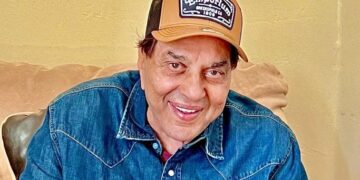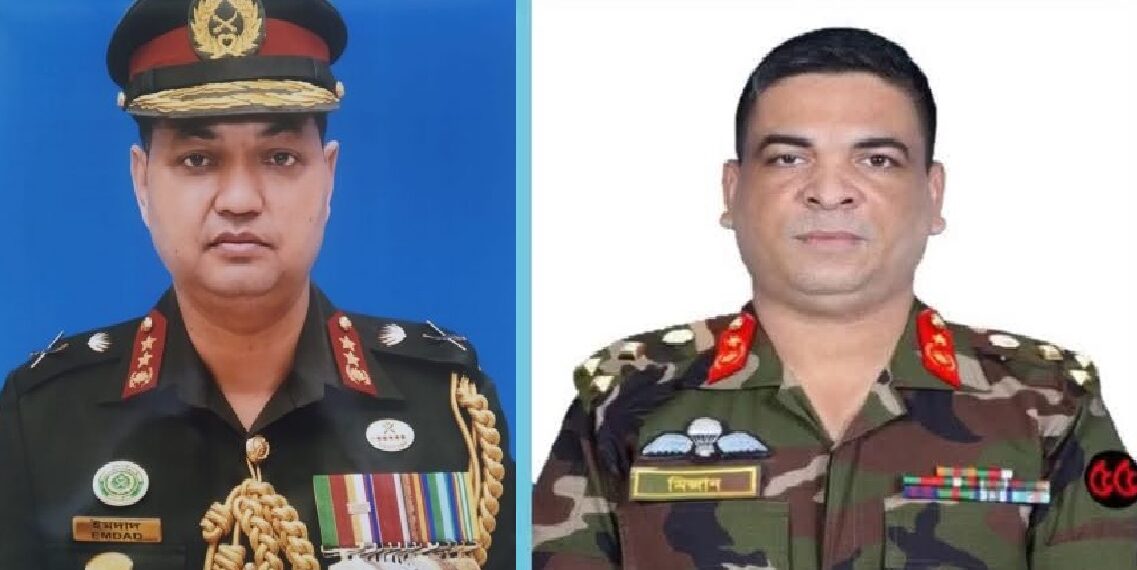By firing on unarmed Awami League demonstrators and ordinary residents of Gopalganj on July 16, when four persons were killed, the Bangladesh Army cannot now hide behind a lame plea of “self defence”. Media reports said a fifth person succumbed to bullet injuries today.
Section 99 of the Bangladesh Penal Code (BPC) states quite clearly the conditions under which neither the right to self defence can be exercised nor can any plea be taken to justify such action.
This provision says, that “There is no right of private defence against an act which does not reasonably cause the apprehension of death or of grievous hurt, if done, or attempted to be done by a public servant acting in good faith under colour of his office, though that act may not be strictly justifiable by law”.
Long after the soldiers of Bangladesh Army’s 55th Infantry Division opened fire on unarmed demonstrators, killing at least four persons in the process, the Inter-Services Public Relations office issued a lame plea delivered by a poorly drafted press release.
Without so much as expressing regret for causing the loss of lives, the ISPR release sought to justify its deadly action by first describing the Awami League supporters and residents as “terrorists” before claiming that “they attacked the army by throwing a large number of cocktails and bricks and at one point the army was forced to use force in self-defense”.
The brutality unleashed by the Army and the police was captured on camera with the video clips shared among thousands of people across social media.
Northeast News had earlier inquired into the series of violent events of July 16 before finding the involvement of five Army officers, including the 55th Infantry Division General Officer Commanding (GOC) Major General J M Emdadul Islam (BA-4288, 26 BMA LC), who issued orders to open fire.
The other officers who were directly involved in opening fire were Brigadier General Mohammad Mizanur Rahman (BA-5594, 37 BMA LC), Lieutenant Colonel Mabrur Hassan, the local unit Commanding Officer on the ground, Major Ahsanul Huq and Major Shahidullah.
While there is no evidence at all to indicate that the demonstrators carried and used firearms.
This alone should have been reasonable ground for the Army to not take the extreme measure of shooting to kill. Indeed, there is evidence to show that specific officers ordered some troops to “stand up and fire directly”.
This was not only a brazen call to shoot to kill, but it violated every tenet of the BPC and associated legal regulations, including the one on disproportionate use of force.
The demonstrators did not carry firearms and neither was any weapon brandished or used against the soldiers or the police.
The Bangladeshi soldiers were therefore guilty of being trigger happy and their murderous actions reflected undisguised contempt for the law.
But the troops acted impulsively, based on the mindless orders of the officers on the spot.
Section 99 goes on to say that “The right of private defence in no case extends to the inflicting of more harm than it is necessary to inflict for the purpose of defence”.
Now, disproportionate use of force refers to employing a level of force that is excessive and not reasonably necessary in a given situation. In other words, use of force or firearms should be in response to a threat or situation proportionate to the severity of the threat itself.
By no account did the Bangladeshi Army or “law enforcement agencies” act with “professionalism and patience and bring the situation under control” as claimed by the apologia of a press release.
Indeed, the ISPR statement stands in complete contrast to the situation on the ground and the reports that emanated from there.
A second feature of the Army’s action on July 16 was its move to use criminally prevent any autopsy on the bodies of the deceased persons. This was done to destroy evidence that could lead to the inescapable conclusion that the soldiers, first, opened fire to kill and secondly to bury the bodies to destroy evidence of their culpability.















